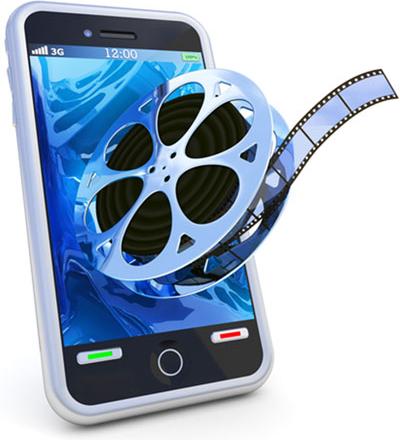You are here
More tricks in the world of digital music
By Jean-Claude Elias - Oct 21,2020 - Last updated at Oct 21,2020

Photo courtesy of toptal.com
In just a generation, the digital world in general, and the Internet in particular, have turned the music scene upside down, and then up again. More than a cultural revolution, it is a radical transformation of our habits and of the way we think of, listen to, and perceive music.
One of its latest tricks is a nice little free service, courtesy of Google (yes, it’s them, again), made available on the web a few days ago, and that can recognise a tune if you hum it or whistle it for a few seconds. Apps that do a similar work, like he excellent Shazam for example, have been around for a long time. The app, however, needs to listen to an actual, a “real” industry recording to recognise the music; whistling or humming the tune yourself won’t do.
I tested Google’s melody recognition, putting it to the test with tunes that I, intentionally, whistled only approximatively, not perfectly, to see the real extent of the performance and how fault tolerant it was. It worked flawlessly each time.
I challenged it by humming pop songs and classical melodies too — both led to successful recognition. In a couple of instances, it returned multiple possible results, which is fair enough. To access the service, I launched Google’s assistant on my smartphone with a voice command and asked it “can you recognise this tune?”
Song recognition is but a very small part of the digital music transformation, one that is merely on the funny side of it. Music streaming perhaps is its most striking aspect, the one that has the greatest impact on our listening habits. In the overwhelming number of cases people have long given up on using recorded media like CDs, to enjoy listening to music.
Most sill go to YouTube and the like. Those who prefer a cleaner sound, practical playlists, and music videos that are free of advertising, subscribe to dedicated streaming services like Spotify, to name the most popular of them all. According to statista.com the celebrated platform now has 138 million subscribers, double of what it was a couple of years ago. The trend is clear.
Spotify does not just store “almost all the music in the world”, it also lets you build playlists that you can share with other subscribers as well. So if your friend Laila, who assumingly has a musical taste close to yours, has made a nice playlist on Spotify, you just access it an play it, this way sharing the pleasure of listening to the same contents as Laila, and saving yourself the trouble of building the playlist. This is a perfect example of how online music is blending with the social aspect of the streaming service. Today both aspects are indissociable.
When playing a music video on YouTube, the benefit is not only in the listening pleasure, but also in the social interaction associated with it: seeing how many views did it get, how many likes, what are the comments of those who viewed it, and so forth. Some are even more interested in this social window than on the purely musical side of the experience.
With the social element smartly added to most online services, the entertainment digital world wants to show us that whereas living online keeps us apart from each other, physically speaking, some aspects of it do keep us close — in a certain way. How true this is remains a matter of opinion.
Related Articles
NEW YORK — Google has teamed up with five leading orchestras in a bid to draw more classical music lovers to digital music as the stre
NEW YORK — Streaming leader Spotify on Wednesday announced an expansion into video and original content, reaching beyond music as the compan
NEW YORK — Apple’s new streaming service went live Tuesday with a flashy radio station and artist exclusives, as the company that domi













